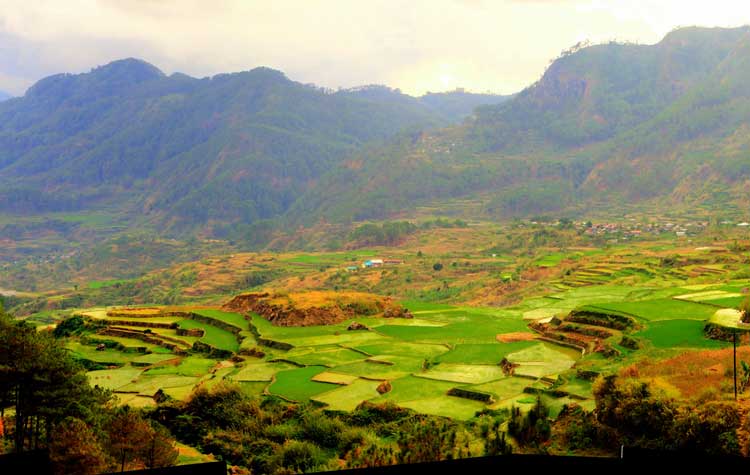

In a country made famous for its stunning beaches (such as Boracay and El Nido), off-the-beaten path destinations usually take a backseat. One such gem can be found in the Philippines, which has more than 7,100 islands.
Nestled in the Cordillera Mountains, a mountain range on the Philippines’ largest island, lies a town called Sagada, where quiet isn’t fabricated, where warm pertains to the people (not the weather), and where yogurt tastes of heaven.
Travel in Sagada, Philippines
A remote town which is home to only 11,000 people, Sagada is the place where travelers, local and foreigners alike, have been flocking to the past few years. Located 5,000 feet above sea level and 415 kilometers north of Manila, Sagada is a quaint little municipality – just 83 square kilometers – where you can be adventurous, contemplative and romantic.
Seeking a bit of peace away from the chaos and noise of the city, my two friends and I decided to brave Sagada, rich in culture and blessed by nature; it is the perfect antidote for world-weary travelers. Its small population of 11,000 (as of May 2010) allows it to retain the long-ago traditions of the Igorots, native people of Mountain Province.
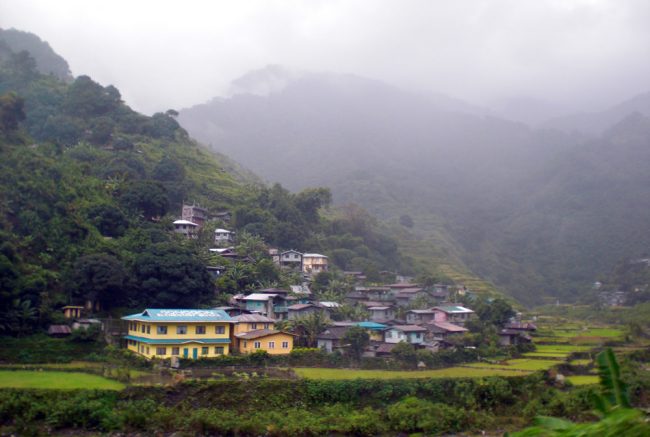
To travel to Sagada, we booked a 9 p.m. bus through Coda Lines that would take us directly to this little town. Since it was a weekday, the bus wasn’t full, allowing the passengers to take up more than one seat. We anticipated a numbing 12-hour trip, but we were fortunate enough to have excellent drivers who could navigate the tricky terrain going up the mountains.
We arrived in Misty Lodge, a homey inn in Sagada at 10:30 a.m., delayed by a road clearing due to landslide in Bontoc the night before.
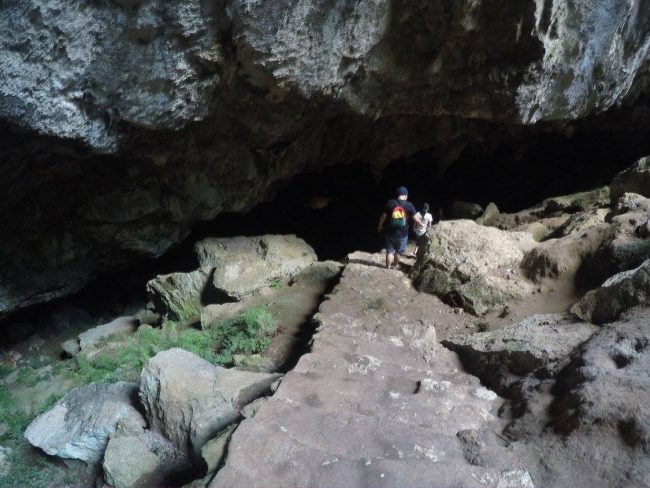
Sagada Cave Formations and Lake Danum Sunset
We planned our Sagada adventure to the letter, but we were pleasantly surprised when we were joined by four other travelers. It was a good thing, though, since tourists can’t do the Sagada adventures without a guide, and guides are quite pricey ranging from P500 ($10) to P1000 ($20) for a group of four. Since Sagada doesn’t have public transportation within the town, we also rented a car, and a driver, and they almost cost the same as the guide.
Sumaguing Cave
Deciding to start at 12 by spelunking at Sumaguing Cave, we first filled our bellies with daing na bangus (fried milkfish. Milkfish is the national fish of the Philippines), marinated pork, and tocino.
On the way to our first destination, we were a happy bunch since it was the middle of the day and we barely felt the heat, thanks to the pine trees. Our smiles, however, were quickly wiped away when we had our first glimpse of the intimidating Sumaguing Cave. Our guide, Mike, brought a lamp to see us through the two-hour caving course.
In that two hours, our eyes feasted on unique and naughty (wink, wink) cave formations; our bodies contorted to fit tiny holes, and we waded in knee-deep ice-cold water. It was exhilarating.
We left Sumaguing tired, wet and content. You can laugh at the puns.
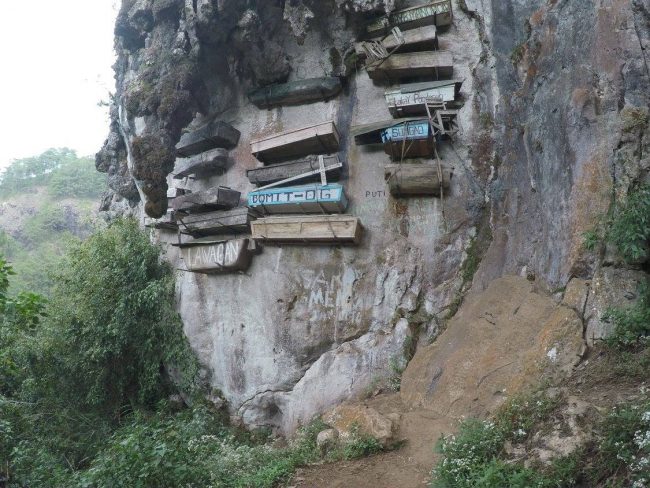
Echo Valley and the Hanging Coffins
Walking farther down, we reached the hanging coffins where our guide told us that five years ago was the latest year they buried someone via hanging coffin. I won’t tell you how they do it, but it’s really something worth knowing, if you’re into unique traditions.
Bokong Falls
Our goal was to get to the Bokong Falls, also known as the Small Falls because Sagada has a bigger falls, and yes, it’s called the Big Falls. To get there we passed by a rocky, shallow underground river, a patch of purple-leafed cabbage and steep pathways.
When we reached the falls, we were unable to swim as it was too deep for our exhausted bodies, so we rested for a while, and we contemplated the distance we’d walked.
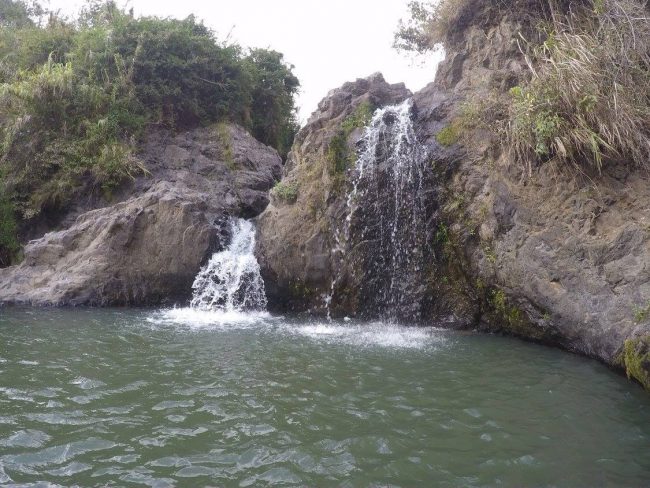
It was already past five in the afternoon when we decided to head for some food. We were supposed to reserve dinner at Log Cabin, the place where the food is good and you need reservations to get in, but everyone was too hungry to wait so we decided we were content with the food served downtown.
Lake Danum is an idyllic place for picnics and long conversations. The viewpoint for the sunset, however, was located beyond the lake. The sunset was rarely seen but we were lucky enough to witness one that could rival the world’s best.
Visiting Mt. Kiltepan in Sagada
Waking up at 3 in the morning is worth it if the reason is to see something unbelievably beautiful. Mt. Kiltepan is Sagada’s most famous destination because from this place, you can see magic unfold if you’re lucky enough to get the timing right.
Unfortunately for us, it was too cloudy to see the famous Kiltepan sunrise. Two of our newly-found acquaintances though returned the following day and they were treated to a spectacular one.
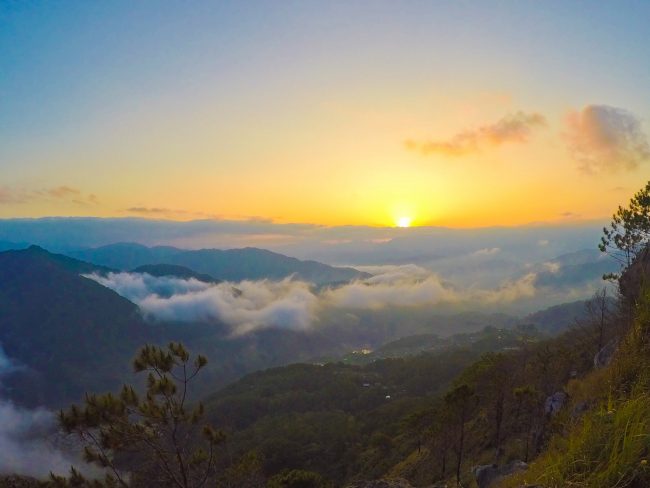
Blueberry Yogurt and Perpetual Mornings
There’s something that might just beat Sagada’s cave, sunset, and even its supposed stunning sunrise, and that’s Misty Lodge’s blueberry yogurt. They have three flavors: chocolate, blueberry and strawberry. You’ll definitely regret it if you do not taste one.
After we checked out at 9:30 a.m., we walked to the town proper where we visited the St. Mary’s Episcopal Church, where we ate at The Lemon Pie House and bought souvenirs.
Since we were headed back to the city, and there are few buses that traverse the dangerous highway, we decided to leave Sagada at 11 a.m. The last bus out of the town was scheduled at 1 p.m. We understood why that was the case when the 130-km stretch of the Halsema Highway felt like a roller coaster ride.
Despite being treated to stunning sights of rice terraces, and marvelous views, I can’t help but focus on the mind-boggling ravines and abysses. There was a point in the trip when we couldn’t even see the road since the fog was so thick. It was an unforgettable ride filled with turns unseen and perpetual mornings.
Unexpected discoveries are often found when you get off the well-worn path and try something new. This quiet mountain town in the Philippines is waiting.
- Life of a Champion: Exploring the Muhammad Ali Center in Louisville - April 19, 2024
- What It’s Like to Live as an Expat: Lake Chapala, Mexico - April 18, 2024
- Top 5 Spots for Stargazing in North Carolina - April 17, 2024

Thank you for sharing. Planning for
our Sagada trip this month and this is very helpful. Looking forward to witnessing that breathtaking and magical sunrise at Mt. Kiltepan.
I heard a lot of nice things about Sagada. Yeah, I’m a little bit excited but it’s not the right time to visit there during this pandemic. Well, good reviews and informative to those planning to visit there like me. I would probably go after this pandemic and visit every site as much as possible except the hanging coffins. Thank you for the experience.
Thanks for sharing. Looking forward to be in Sagada with my daughters this month for a short break …..
Thanks for sharing! We’ll be looking forward to our trip there this year.